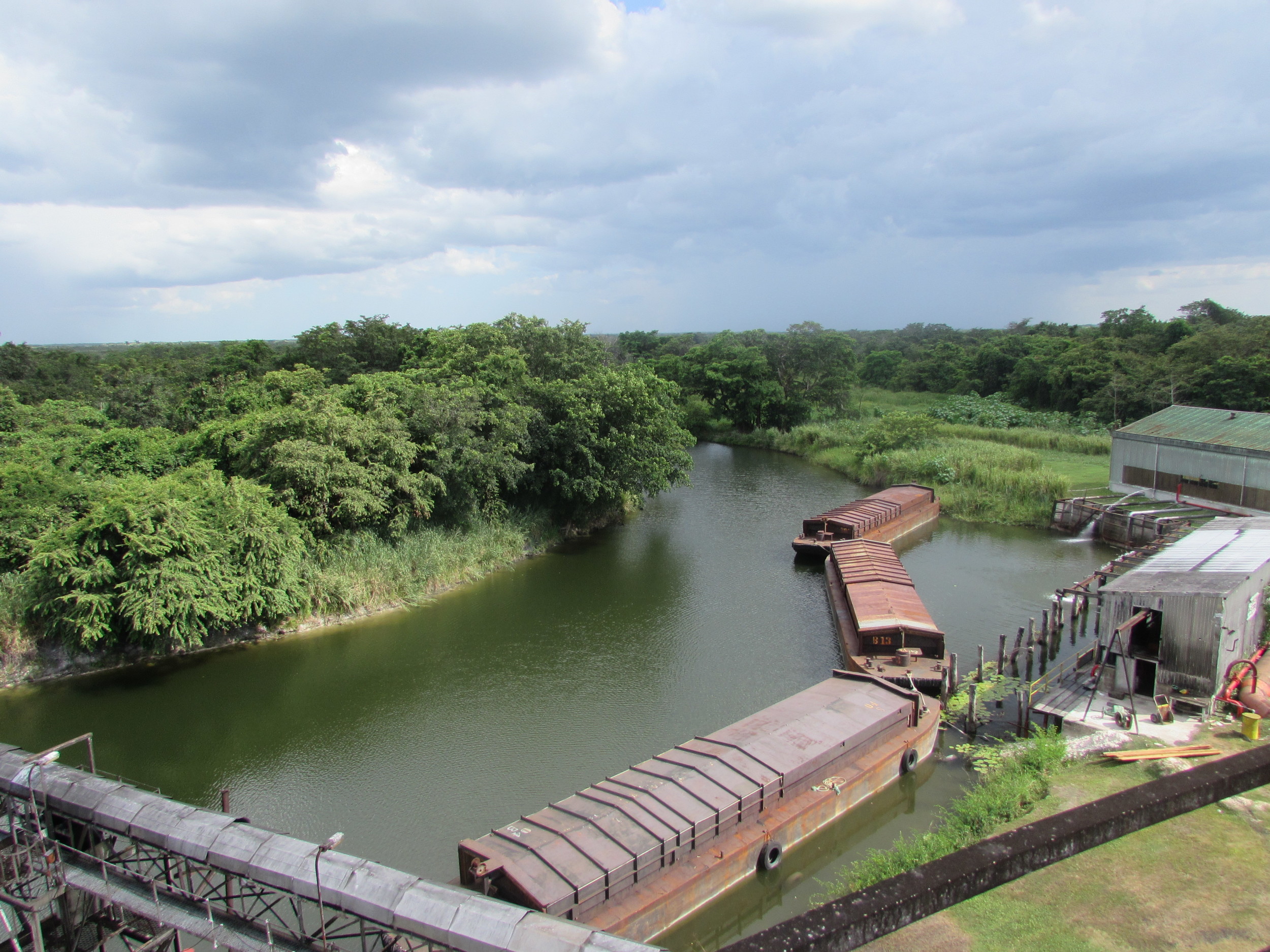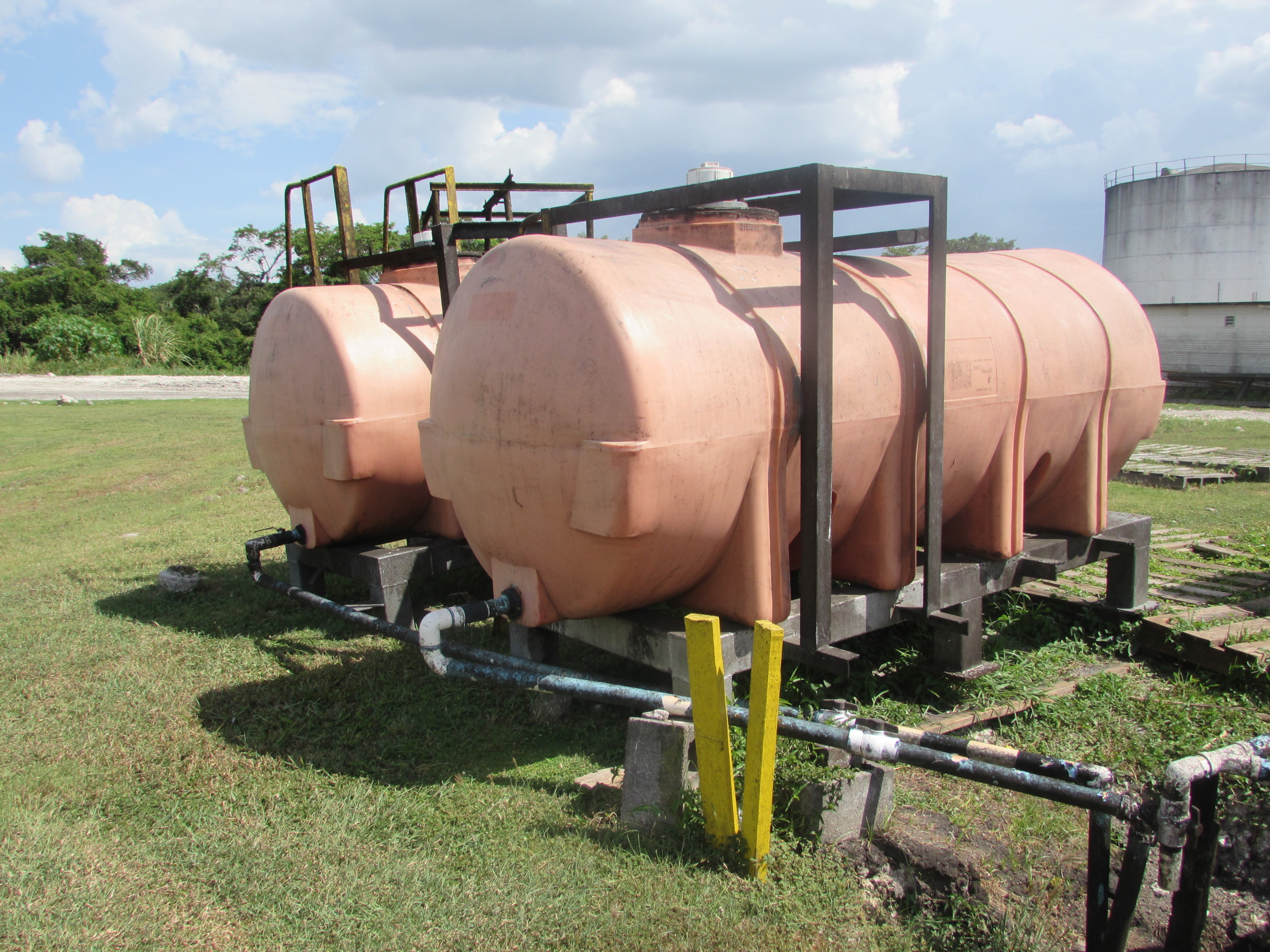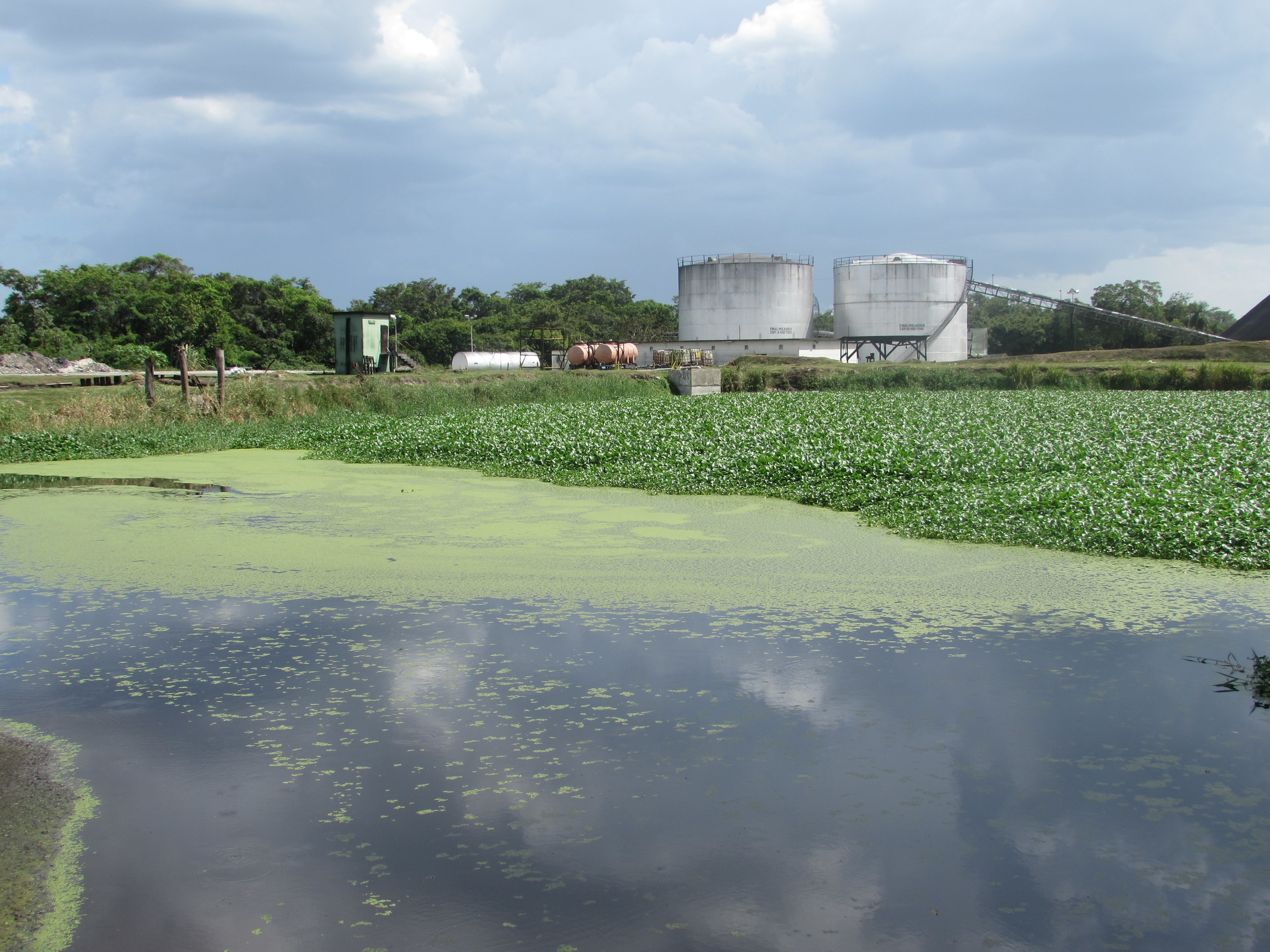Sugar Cane is comprised of around 65 to 68% of water. Tower Hill Sugar Mill processes more water than sugar on a daily basis during the crop season. As a result, there is excess water produced which must find its way out of the factory through the waste water treatment system before being released into the New River.
One of BSIs guiding principles is to be a socially responsible company which protects the environment and benefits the communities where it works. Therefore, the company has always been on the lookout to constantly improve the quality of waste water released by the factory.
Today, this treatment is achieved by biological means through the use of Effective Microorganisms (EM). These living organisms are naturally occurring bacteria such as yeast, lactic acid bacteria, and phototrophic bacteria. These EM improve the physical and chemical property of the waste water through fermentation, a biological process that breaks down organic matter. They are not genetically modified or engineered organisms and are considered very safe to animals, plants and humans.
The waste water treatment system is composed of five oxidation ponds (large ponds designed to treat waste water through the interaction of sunlight, bacteria, and algae) and a cooling pond to ensure that water temperatures are adequate before being released into the river. Both of these processes have ensured that BSI reduces its impact on the environment by greatly reducing its water temperature levels and chemical water levels. This system has also proved to be cost effective, very efficient and has allowed BSI to achieve several improvements such as the ones in the table below:
Apart from the treatment with EM Technology, BSI also has a well-developed monitoring program. BSI conducts daily monitoring of its waste water by obtaining samples at 14 strategic points along its waste water stream. Additionally, BSI conducts monthly river surveys throughout the crop season where samples are taken at 13 strategic points along the New River. The results of these analyses are reported to the Department of the Environment on a monthly basis. The data that is obtained from the monitoring program is also analyzed and used by BSI to determine improvement opportunities.
All of these practices and programs of BSI’s Environmental Management System serve to reinforce the company’s commitment of being a socially responsible firm which effectively manages the waste water coming from the factory’s operations.
* Chemical Oxygen Demand measures the chemicals and compounds in a solution which consume oxygen. The higher the COD in the discharge, the less oxygen is available for aquatic organisms such as fish. National Requirements are 250 ppm
* The pH of river water is the measure of how acidic or basic the water is on a scale of 0-14. The optimum pH for river water is around 7.4.






